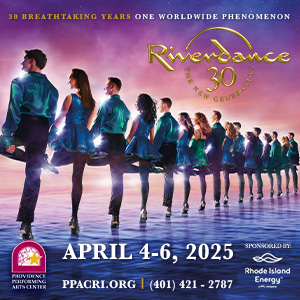The subject of the new mural is AS220’s Anjel Newmann, known as Medusah Black when she’s performing her music. She took a few minutes to answer our questions about what it’s like to suddenly be on the side of a building.
Mike Ryan (Motif): When did you find out you’d be involved in this project?
Anjel Newmann: I think it was last summer, but I wasn’t all that involved at first. Bert [Crenca] and Ruth [Harvey] and Shauna [Duffy] and others were really involved in the planning. They sent him [Shepard Fairey] an article I’d written about the Futureworlds program [an annual theatrical program by AS220 Youth]
and he found a quote in there that he really liked, and they sent him some photos and images of me, and one of them I guess spoke to him. Later he sent some drafts and we gave a little feedback on the wording, but it really was amazing.
MR: How did that feel?
AN: Really amazing, but really weird. I’m definitely honored, but I also want to make sure that all the attention is reflected back on AS220. It’s not really about me. So I’m humbled and slightly embarrassed, and I certainly wondered, you know, why not Bert [Crenca, founder of AS220] or somebody. But if it’s going to help and push forward the causes I care about, if it’s going to help AS220, that’s what I really care about.
MR: How did you get involved with AS220, and what do you do there now?
AN: I started as a very young person in their youth program and came up really as a hip-hop artist. I just kept getting more involved until they brought me on as the director of the youth program. Recently I became the director of programs, so I’m fostering all our activities and leading the racial justice initiative along with our executive director, Shauna Duffy.
MR: How does that initiative work?
AN: We just went down to Texas for some intensive training. The goal is to make sure that our spaces are not just inclusive, but are actively for all races and cultures. The philosophy is in place, but we have to make sure it’s not just intention – that we’re really making sure art and culture is being formed by the people who truly live in the city. It’s really part of the All Access Campaign – to make sure everyone can come to AS220, whether they’re in a wheelchair, whether they have kids who need to be cared for, or if they’re from a culture that feels less familiar.
MR: Did you get to meet with the artist this week?
AN: We met a few times, and he was really interested in having all of us be a part of the process. He’s a cool dude. It’s one thing to know someone by their work, but getting to know his philosophy and feel his energy, that was really a whole different level, and I felt very included.
MR: Did you get to work on the actual painting?
AN: I think I would have messed it up. And I’m afraid of heights. So, no.
MR: How do you feel about being a pretty permanent part of the city now?
AN: The most important part for me is that people understand that it’s for the next generation coming up. The heart and soul of AS220 are the young people. It’s all about setting up systems so they can take over. They need to take this place where they want it to go. •

